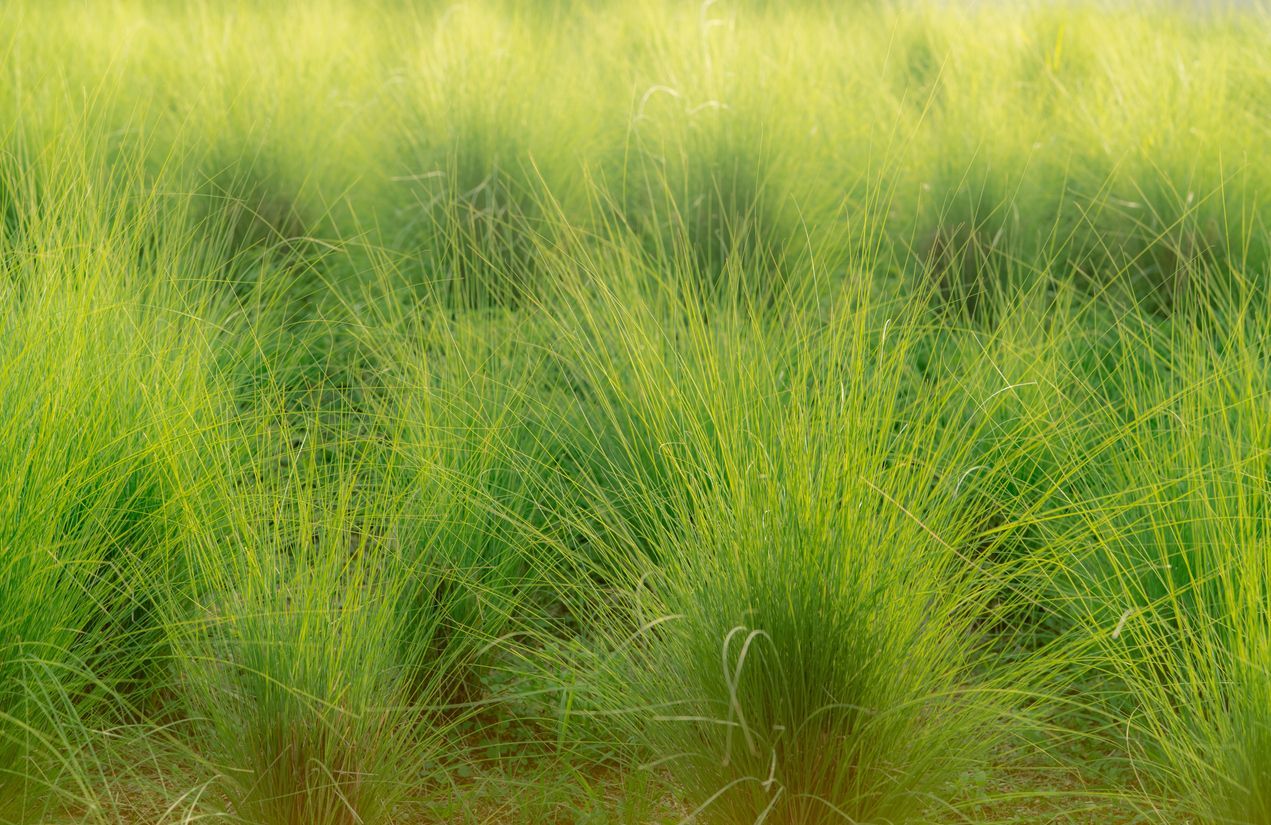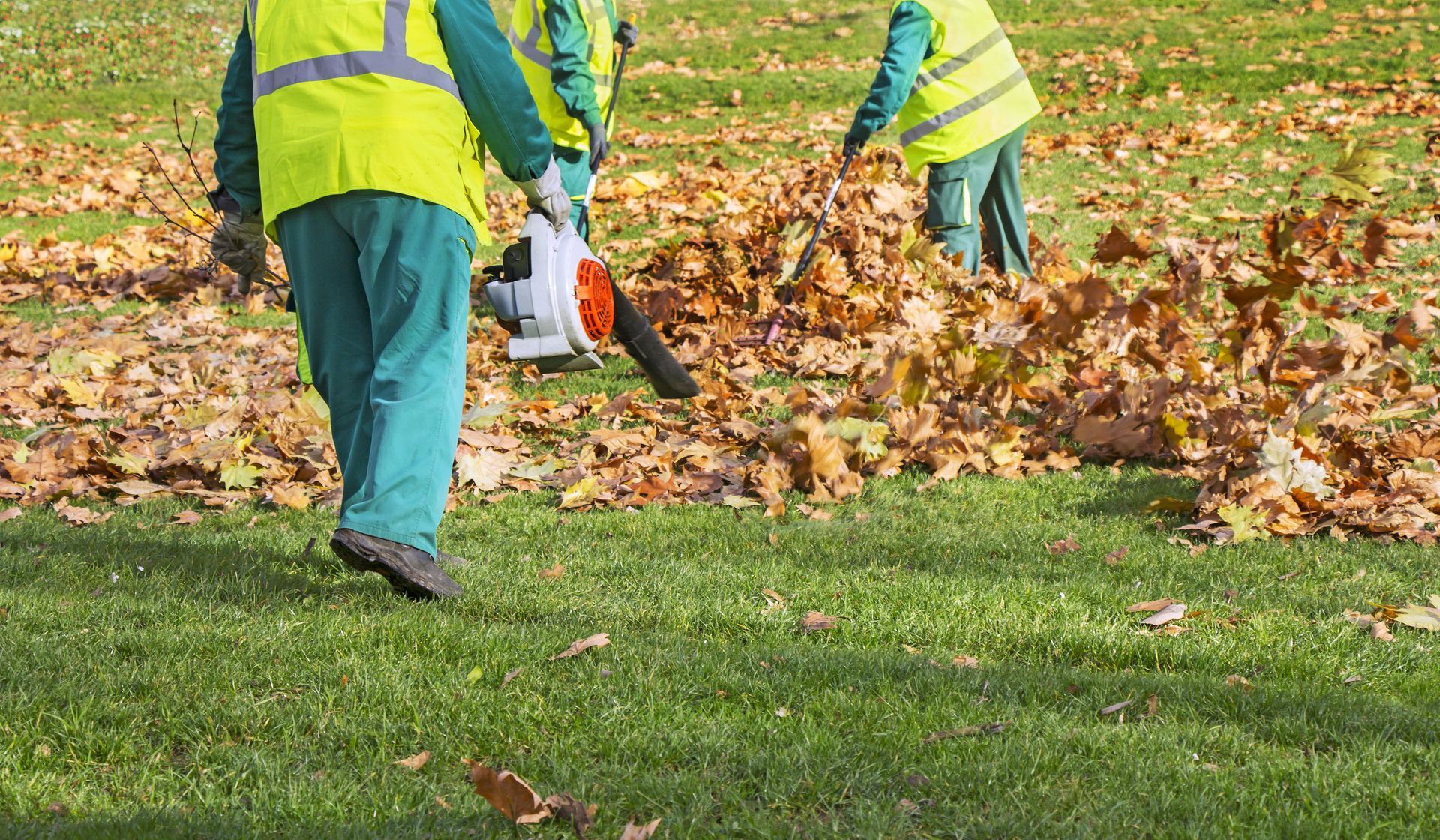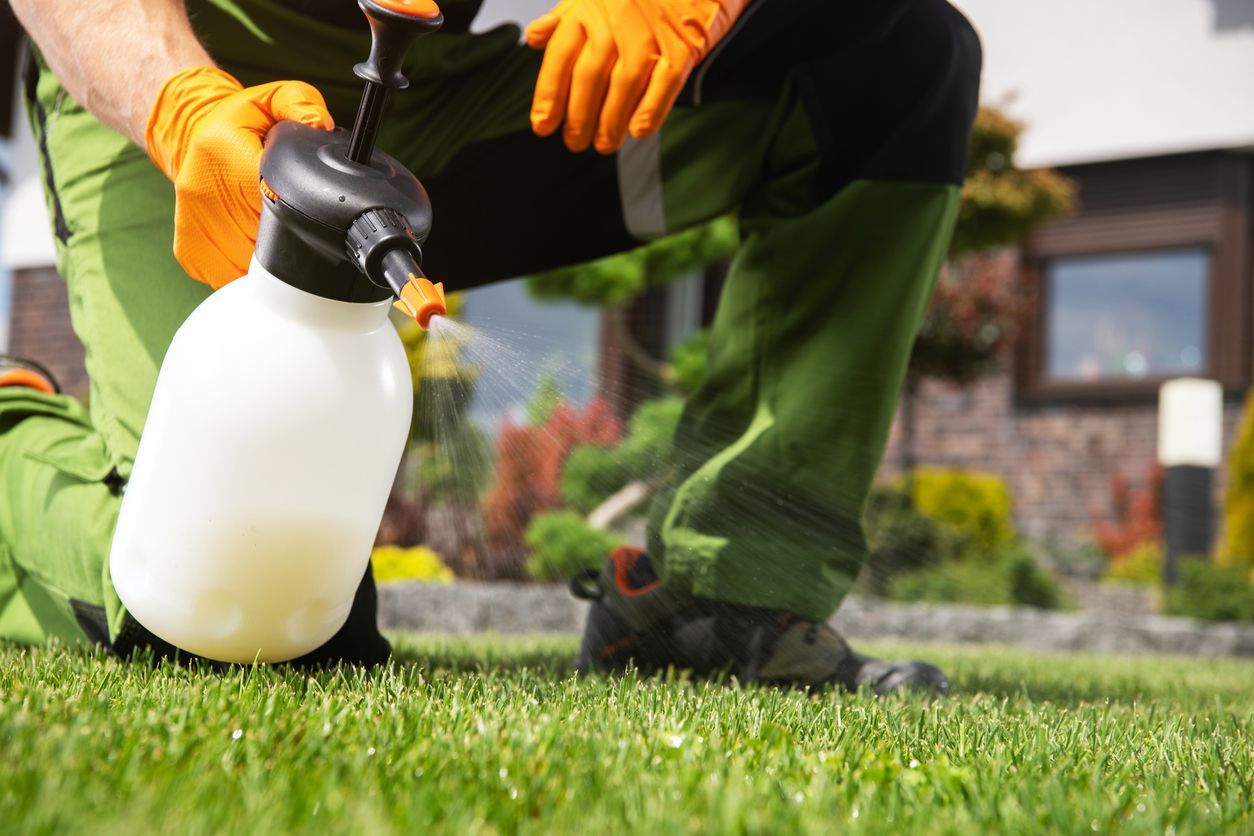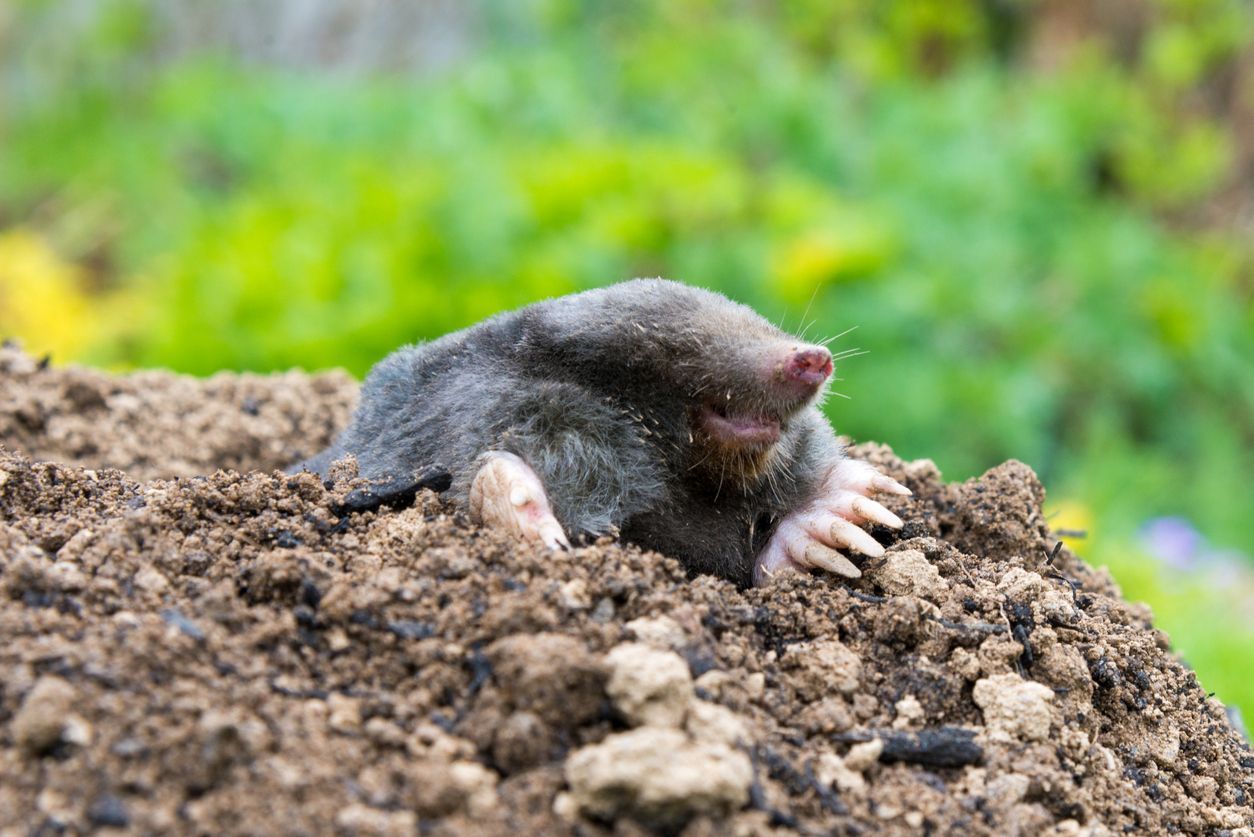Winter Fertilizers: Why Your Lawn and Garden Still Need Care in the Cold Months
As the winter chill sets in and snow begins to blanket your yard, the last thing on many homeowners' minds is fertilizing their lawns and gardens. However, winter fertilizer applications can be just as important as your spring and summer care routines—perhaps even more so in certain regions. Properly timed winter fertilizer application can help ensure that your lawn, trees, and plants emerge healthy and vigorous once the warmer spring months arrive.
In this blog post, we’ll explain the role of winter fertilizers, how they work, and why applying them is an important step in keeping your landscape looking lush and thriving year-round.
1. Understanding Winter Fertilizers
Winter fertilizers, often referred to as "winterizing fertilizers", are specially formulated to support your lawn and plants during the cold months. Unlike traditional fertilizers, which typically focus on promoting growth, winter fertilizers are designed to prepare your lawn and garden for the harsh winter conditions and encourage strong, healthy growth once the temperatures rise again.
Winter fertilizers are generally lower in nitrogen (which promotes active growth) and higher in potassium and phosphorus. These nutrients help strengthen the root system, improve winter hardiness, and ensure that the plants have the reserves they need to bounce back in spring.
2. Why Apply Fertilizer in Winter?
At first glance, it might seem counterintuitive to fertilize your lawn during the winter months, especially when the ground is frozen and the grass appears to be dormant. However, applying the right fertilizer at the right time provides a range of benefits for your landscape:
Strengthens Root Systems
Even though your lawn or garden may not be growing actively in winter, its root system is still working below the surface. Winter fertilizers help strengthen and nourish these roots, giving them the ability to better absorb nutrients when the growing season begins. A strong root system will allow your lawn to recover more quickly and thrive in the spring, providing a healthier, more vibrant lawn.
Increases Winter Hardiness
Cold-weather fertilizers help your plants prepare for winter's extreme conditions. Potassium, in particular, is essential for improving cold tolerance and disease resistance. It helps plants manage stress caused by freezing temperatures, frost, and dehydration. By applying a winter fertilizer, you’re helping your lawn and plants build up their defenses against the harsh conditions that often accompany winter.
Enhances Spring Growth
Applying winter fertilizer in late fall or early winter ensures that your plants have an energy reserve when spring rolls around. This allows your lawn, trees, and shrubs to green up quickly and grow vigorously as soon as temperatures rise. By giving your lawn a jumpstart in the winter months, you reduce the lag time between the end of winter and the beginning of the growing season, ensuring a lush lawn as soon as the snow melts.
Prepares for Stressful Weather
Whether it’s extreme cold, fluctuating temperatures, or drought, winter can be a time of stress for your lawn and plants. A well-chosen winter fertilizer helps prepare them for these environmental stressors by boosting their resilience. With adequate nutrients in the soil, your plants will be better equipped to handle the challenges of the colder months and will enter spring in better condition.
3. How to Apply Winter Fertilizer
Winter fertilization requires a bit of timing and the right approach. Here’s how to get the most out of your winter fertilizer application:
Timing is Key
The best time to apply winter fertilizer is typically in late fall, just before the first hard frost. For most regions, this is usually in November or early December. Timing is important because you want the fertilizer to be absorbed by the soil and taken up by the plant roots before the ground freezes. Applying too early may result in the fertilizer being washed away by rain, while applying too late could mean the nutrients don’t have time to take effect before the cold sets in.
In areas with milder winters, you might be able to apply winter fertilizer later in the season, even into early winter, as long as the ground isn’t frozen solid.
Choose the Right Product
When selecting a winter fertilizer, look for a product that has a low nitrogen content and higher phosphorus and potassium levels. Nitrogen encourages top growth, which isn’t needed in winter, whereas phosphorus strengthens the roots and potassium boosts the plant’s ability to handle cold and stress.
Many winter fertilizers are labeled specifically for fall or winter use, so it’s easy to find the right one for your lawn. Some products are even slow-release, providing a steady supply of nutrients over time, which is ideal for long-term plant health.
Proper Application
Make sure to apply the fertilizer evenly over your lawn or garden. Use a broadcast spreader for large lawns to ensure uniform coverage. For smaller gardens or flower beds, a hand spreader may suffice. Be sure to follow the manufacturer’s directions for the appropriate amount based on your lawn size and the type of fertilizer you are using. Over-fertilizing can cause damage or waste nutrients.
If your area experiences snowy winters, you may want to wait for a thaw or apply fertilizer just before the ground freezes to prevent the nutrients from being washed away by melting snow.
4. Winterizing Other Parts of Your Landscape
In addition to fertilizing your lawn, winterizing other parts of your landscape is also crucial for maintaining healthy plants and trees:
- Trees and Shrubs: Apply a winter fertilizer around the base of trees and shrubs to support root growth. If you have evergreens or ornamental shrubs, a balanced winter fertilizer can help them survive winter stress and emerge strong in spring.
- Garden Beds: For perennial garden beds, consider applying a slow-release fertilizer or organic compost that will nourish the soil through the winter.
- Vegetables: If you have winter vegetables, such as leafy greens or root crops, continue to fertilize lightly to maintain healthy growth during the colder months.
5. Environmental Considerations
As with any fertilizing practice, it’s important to be mindful of the environment. Over-fertilizing can lead to nutrient runoff, which can pollute local waterways. To minimize environmental impact, use fertilizers sparingly and follow the recommended application rates. Also, avoid fertilizing before a heavy rain, as this can wash away the fertilizer before it has a chance to be absorbed.
Conclusion
While it may seem like your lawn and garden don’t need much attention during the cold months, winter fertilizer is an important part of keeping them healthy and primed for spring. By applying a well-timed winterizing fertilizer, you can help your plants build strong root systems, improve their cold tolerance, and set the stage for lush, vigorous growth in the coming year.
Winterizing your landscape is a smart investment that ensures your yard remains beautiful and healthy through every season. So, don’t overlook winter fertilizers—your plants (and your future self) will thank you come spring!






Business Hours
- Mon - Fri
- -
- Saturday
- -
- Sunday
- Closed
All Rights Reserved | Jarmon Lawn Care | Powered by Flypaper | Privacy Policy



